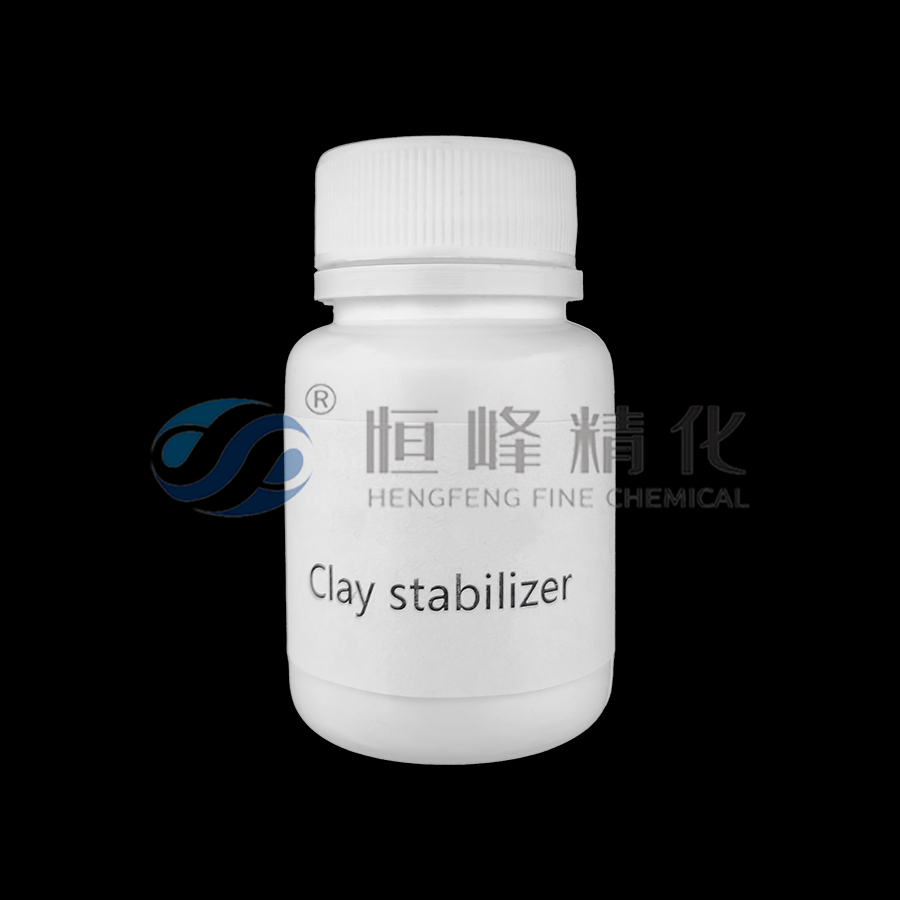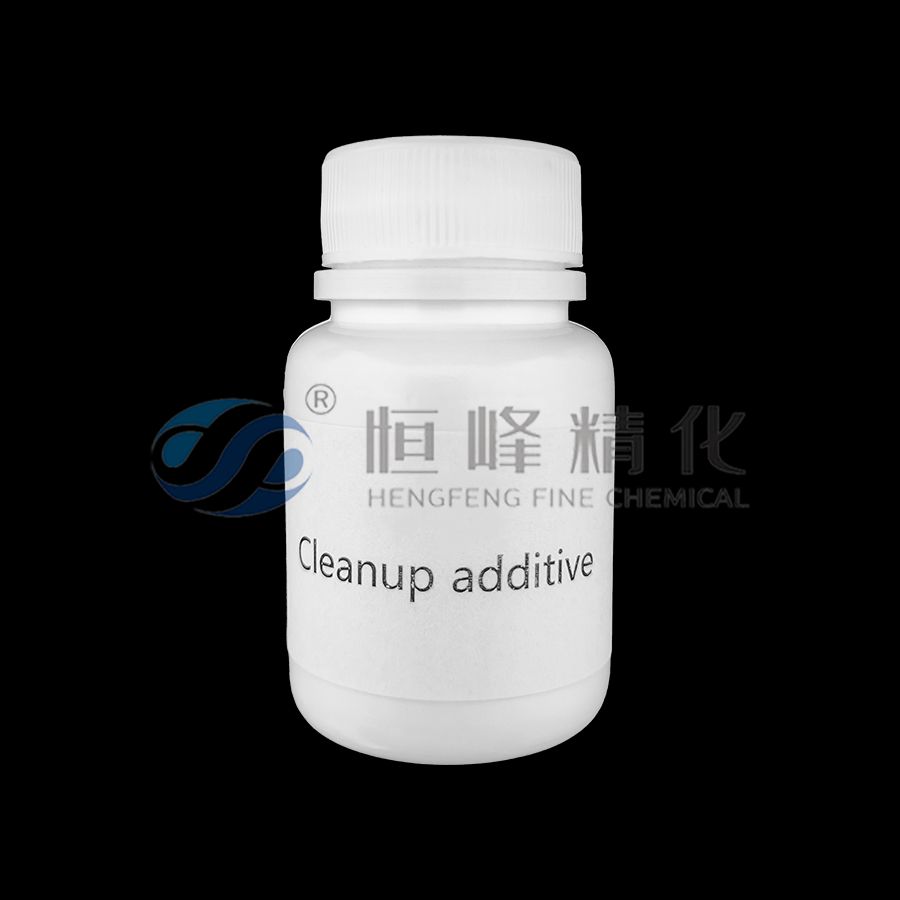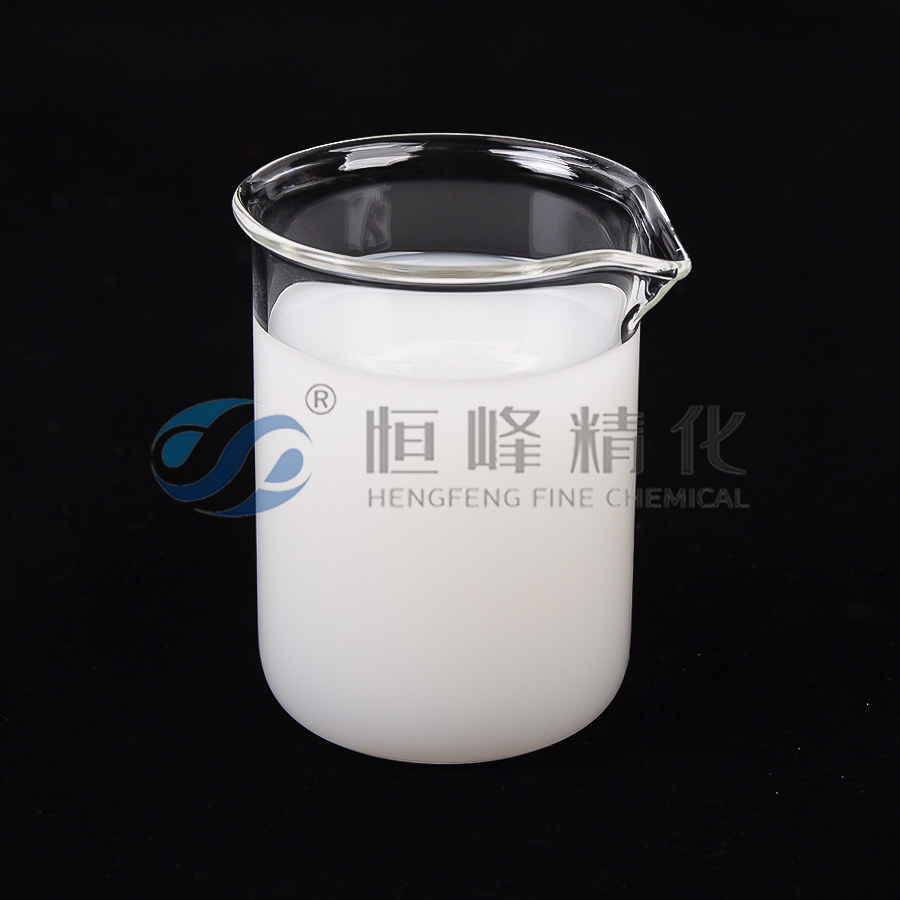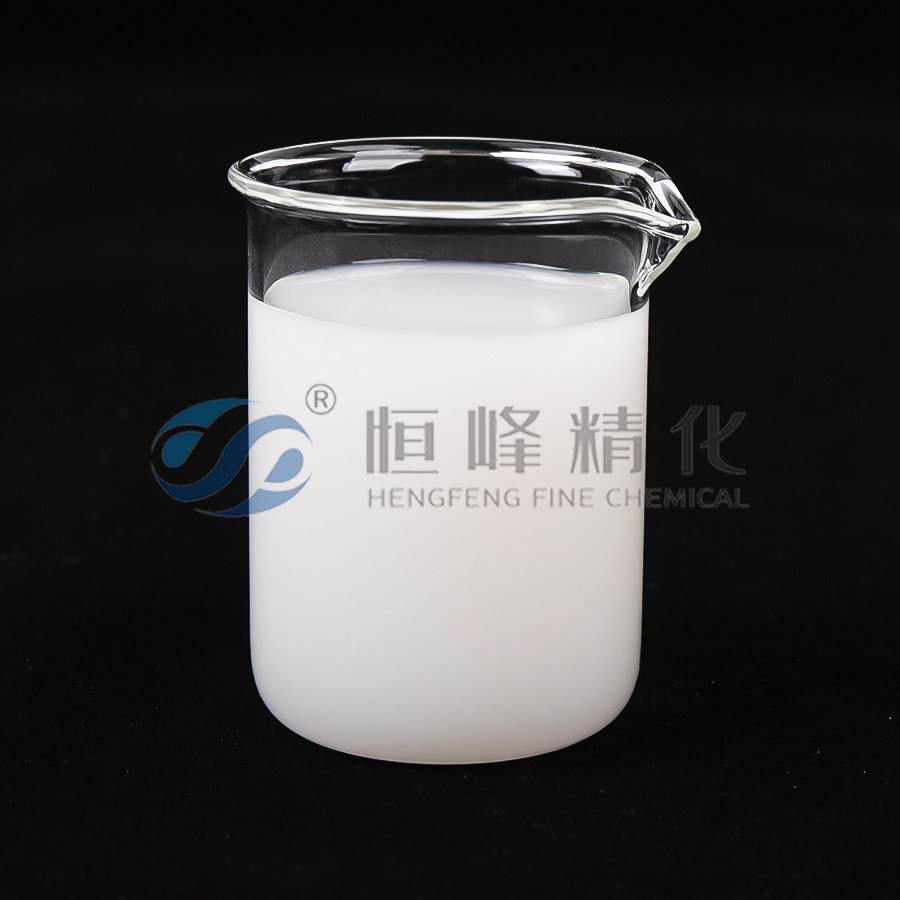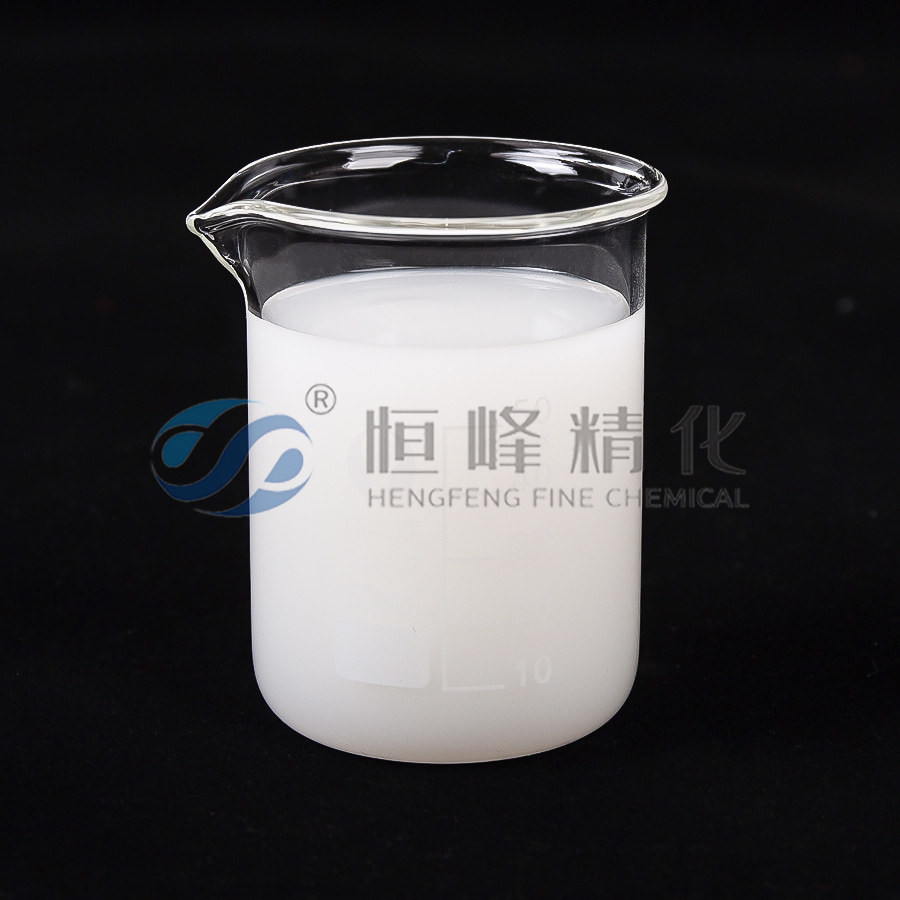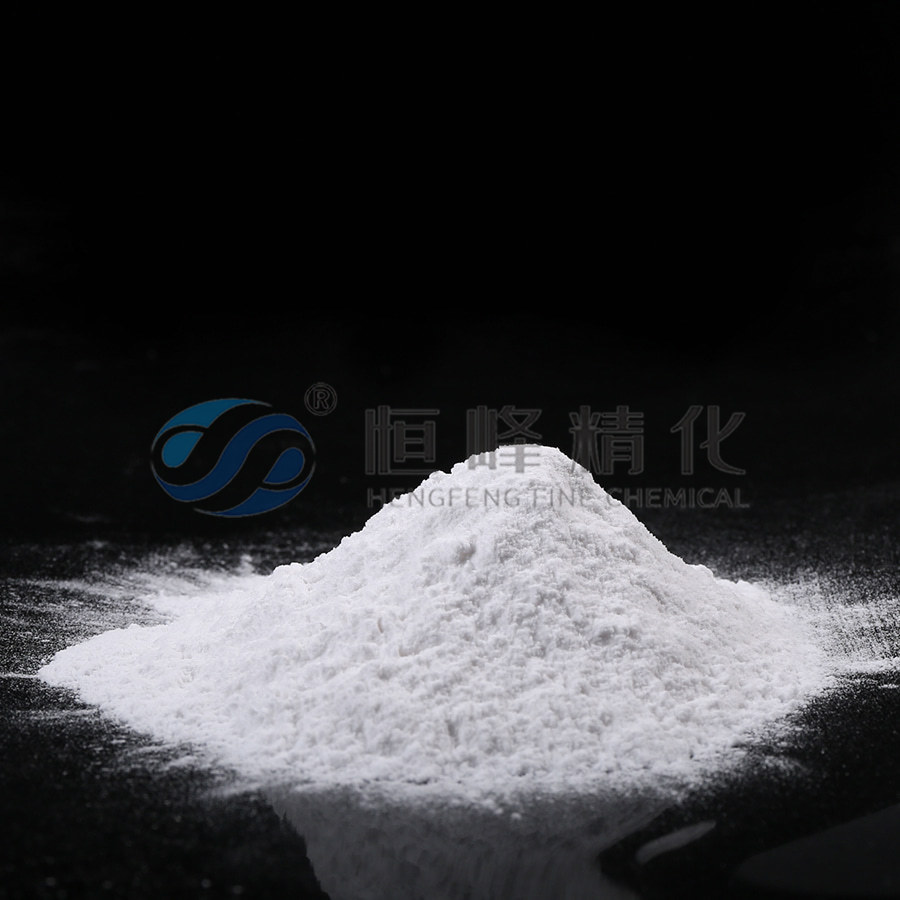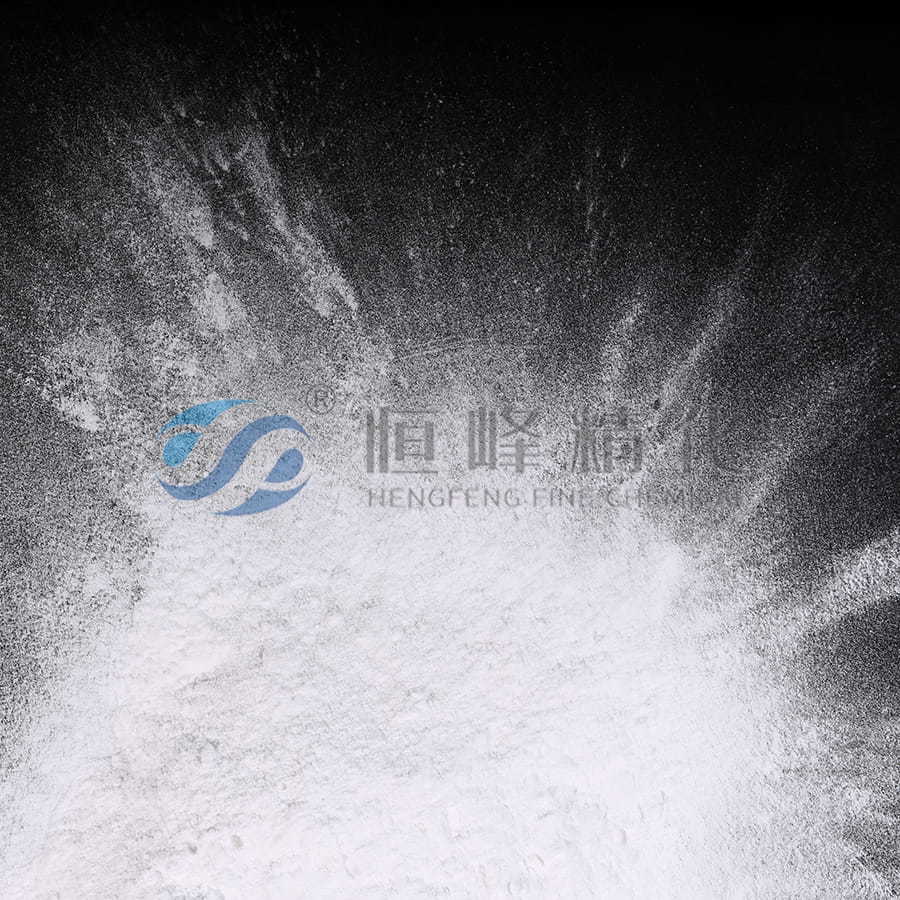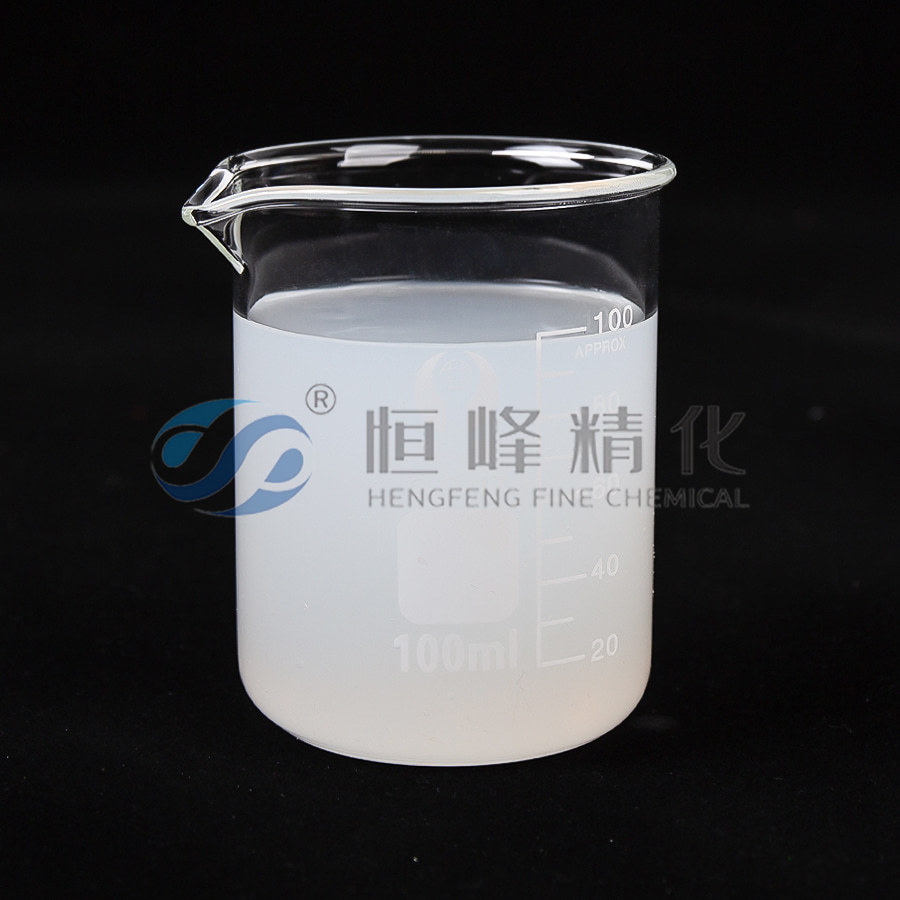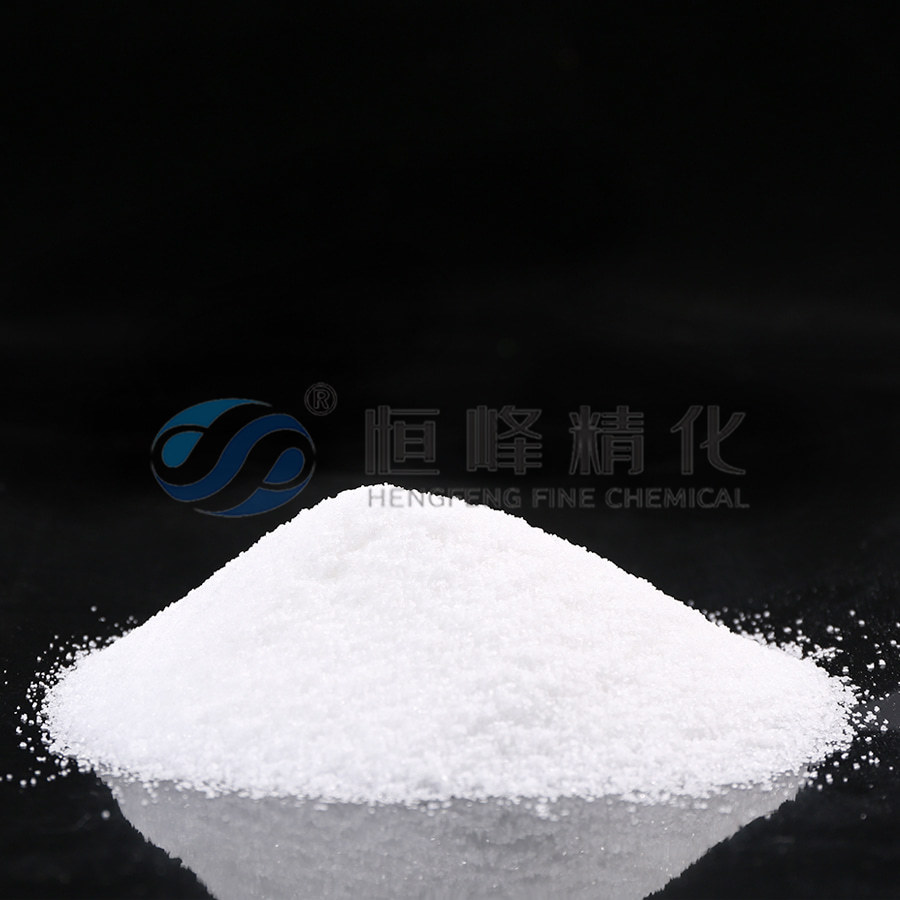What is Dewatering of Sludge? Why is it Crucial for Wastewater Treatment?
What is Dewatering of Sludge?
Dewatering of sludge is a critical process in wastewater treatment, designed to reduce the volume of sludge, making it easier to manage, dispose of, or recycle. Sludge, a by-product of the wastewater treatment process, consists of solids that are removed from sewage and industrial wastewater. Over time, the accumulation of this sludge can become a significant issue for treatment plants and industries, leading to increased costs and environmental concerns.
Definition of Sludge in the Context of Wastewater Treatment
In wastewater treatment, sludge refers to the semi-solid material that remains after the physical, chemical, and biological treatment of wastewater. It contains organic and inorganic materials, as well as water, which makes it heavy and difficult to handle in large quantities. Sludge forms at different stages of the treatment process, such as in primary treatment (where larger particles are removed), secondary treatment (where microorganisms break down organic matter), and tertiary treatment (which involves additional filtration and disinfection). Sludge can vary in composition depending on its source—municipal wastewater, industrial effluents, or agricultural runoff.
Understanding the Sludge Dewatering Process
The process of sludge dewatering involves the removal of water from sludge to reduce its volume and weight. By extracting moisture, the volume of sludge can be significantly minimized, which makes storage, transportation, and disposal much more efficient. Dewatering techniques vary, but they all aim to achieve a balance between reducing water content while retaining the solid components that can be further processed, disposed of, or even reused in certain applications.
Sludge dewatering can also enhance the quality of the final effluent and facilitate the recovery of water, which can be treated and reused. This makes the process not only essential for volume reduction but also for improving the sustainability of wastewater treatment plants.
Types of Sludge
Sludge can be categorized into primary, secondary, and tertiary types, each with different characteristics and dewatering requirements:
Primary Sludge: This is the sludge formed during the initial treatment stage, where large particles are removed from wastewater. It is typically rich in organic materials and is easier to dewater compared to secondary sludge.
Secondary Sludge: This type of sludge is produced in the biological treatment phase, where microorganisms break down organic matter. Secondary sludge is often more challenging to dewater as it has a higher water content and consists of microbial biomass.
Tertiary Sludge: Formed during advanced treatment stages, tertiary sludge contains even finer particles and often includes additional chemicals used to filter out remaining contaminants. Due to its fine particle size, it is more difficult to dewater efficiently.
The Importance of the Dewatering Process in Sludge Management
The dewatering of sludge is vital in managing the by-products of wastewater treatment. By reducing the moisture content of sludge, treatment facilities and industries can significantly lower disposal and storage costs. The importance of this process can be summarized in several key areas:
Volume Reduction: Dewatering reduces the total volume of sludge, making it easier to transport, store, and dispose of. It helps decrease the environmental footprint of wastewater treatment plants and minimizes the need for large-scale landfills.
Waste Minimization: By extracting water, dewatering ensures that only solid materials need to be dealt with, which can then be processed for recycling or safely disposed of. This contributes to waste minimization goals, making operations more sustainable.
Cost Reduction: Handling, transporting, and disposing of sludge is expensive, especially in large volumes. Dewatering makes the process more cost-effective by reducing transportation and disposal costs. This is particularly important for industries and municipalities with high sludge production.
Water Recovery: The water removed during the dewatering process can be treated and reused, contributing to water conservation efforts. This is an essential aspect of sustainable water management practices.
Improved Sludge Quality: Dewatered sludge can be subjected to further processing, such as incineration, composting, or conversion to biogas. The reduced volume and solid content of dewatered sludge also make it easier to handle and process for reuse or disposal.
How the Dewatering of Sludge Impacts Wastewater Treatment Facilities and Industries
Sludge dewatering plays a critical role in optimizing the overall efficiency of wastewater treatment plants and industries. The impact of this process can be observed in several ways:
Operational Efficiency: Effective sludge dewatering helps wastewater treatment plants operate at higher efficiency. By reducing the volume of sludge, it allows facilities to allocate resources more effectively. This reduction in volume also leads to a more efficient use of space and equipment, reducing the strain on treatment infrastructure.
Improved Compliance with Regulations: Sludge management is tightly regulated by environmental agencies, and proper dewatering helps facilities meet disposal standards. Dewatered sludge is easier to handle and can be processed to meet regulatory guidelines, reducing the risk of non-compliance penalties.
Environmental Benefits: Dewatering reduces the environmental footprint of sludge management. By minimizing the amount of sludge that needs to be landfilled or disposed of, the overall impact on the environment is lower. Furthermore, the ability to recycle water and reuse sludge in various applications, such as agricultural use or energy production, contributes to sustainable practices.
Cost Savings for Industries: For industries that generate significant amounts of wastewater, such as food processing, paper production, and pharmaceuticals, the cost of managing sludge can be substantial. By implementing an effective dewatering process, industries can reduce the costs associated with sludge transportation, treatment, and disposal. Additionally, the by-products of dewatered sludge, such as methane from biogas production, can be used to generate energy, further reducing operational costs.
Sustainability and Resource Recovery: By focusing on dewatering and subsequent resource recovery, wastewater treatment plants and industries can adopt circular economy principles. The treated water from dewatering can be reused, and the dried sludge can be repurposed as a valuable resource, such as soil amendments or renewable energy production.
Key Objectives: Reducing Volume, Easing Disposal, and Enabling Recycling
Dewatering is crucial because it directly impacts three major objectives: reducing the volume of sludge, easing its disposal, and enabling its recycling. These objectives are intertwined, each contributing to more efficient and sustainable sludge management practices.
Reducing Volume
The most apparent objective of dewatering is reducing the volume of sludge. By removing excess water, dewatering helps reduce the sludge's total mass, which is essential for easier handling, storage, and disposal. As wastewater treatment plants generate large amounts of sludge, volume reduction can significantly decrease the infrastructure and operational requirements needed to manage this byproduct.
Easing Disposal
Dewatering also makes sludge disposal much easier and more cost-effective. Once the sludge has been dewatered, its handling and transport become more straightforward, and its weight is significantly reduced, making it less expensive to transport. Furthermore, landfills and incinerators can handle dewatered sludge more efficiently, reducing operational costs associated with disposal. This streamlined disposal process helps prevent potential environmental hazards associated with overburdened waste management systems.
Enabling Recycling
Perhaps one of significant benefits of effective dewatering is the opportunity for recycling and reusing the dewatered sludge. After dewatering, the solids content is more concentrated, making it more suitable for various recycling processes. For example, the dewatered sludge can be used in agriculture as a soil amendment or organic fertilizer, contributing to sustainable farming practices. Additionally, dewatered sludge can be utilized in energy recovery processes, such as anaerobic digestion, where biogas is produced. Recycling and reusing dewatered sludge offer a solution to reduce environmental pollution while creating valuable byproducts.
Environmental and Economic Impacts of Not Dewatering Sludge Effectively
The consequences of failing to effectively dewater sludge can lead to significant environmental and economic challenges. Wastewater treatment plants and industries that do not invest in proper dewatering technologies may face higher costs, inefficiency, and environmental risks.
Environmental Impacts
Increased Landfill Use: Sludge that has not been adequately dewatered contains a significant amount of water, which increases its volume and weight. As a result, the sludge must be sent to landfills in larger quantities, contributing to the expansion of landfills and the environmental problems they create. Landfills that become overburdened can result in the release of harmful gases and leachate that can contaminate local water sources.
Water Pollution: Without proper dewatering, excess water in the sludge may eventually leak or seep into the surrounding environment. This can lead to water pollution and further contamination of local ecosystems. Moreover, wastewater treatment plants that fail to dewater sludge effectively may not meet regulatory standards, potentially leading to violations and fines.
Increased Carbon Footprint: The transportation of large volumes of undewatered sludge requires more fuel and resources, thus contributing to a higher carbon footprint. Additionally, the energy required for landfilling or incinerating non-dewatered sludge is higher, which further exacerbates environmental concerns related to energy consumption and greenhouse gas emissions.
Economic Impacts
Increased Disposal Costs: Improper dewatering increases the overall cost of sludge disposal. Sludge that has not been dewatered efficiently requires more extensive and costly disposal methods. The additional weight and volume lead to higher transportation costs, more frequent landfill usage, and greater energy consumption in waste treatment processes.
Operational Inefficiency: Wastewater treatment plants that fail to invest in proper dewatering technology often face operational inefficiencies. Dealing with excess sludge can slow down the overall treatment process, requiring more time, manpower, and resources. As a result, the cost of managing wastewater increases, which may ultimately be passed on to consumers or taxpayers.
Missed Opportunities for Resource Recovery: By not dewatering sludge effectively, industries and municipalities miss opportunities for recycling and resource recovery. Dewatered sludge can be used for composting, energy generation, or soil enhancement. If not dewatered, these valuable byproducts remain untapped, and the potential economic benefits are lost.
The Dewatering of Sludge: How It Works
Dewatering involves the removal of water from sludge to make it more manageable and suitable for disposal or further treatment. The general process typically includes several key steps aimed at separating the liquid phase from the solid phase in the sludge. This results in a concentrated mixture of solid materials that are easier to handle and can be processed further.
Sludge Conditioning: In this preliminary stage, the sludge is treated with chemicals, such as flocculants and coagulants, to enhance the formation of larger particles called "flocs." This process helps to agglomerate the smaller particles, making them easier to separate from the liquid during dewatering.
Separation: After conditioning, the sludge undergoes a physical separation process where the liquid and solid phases are separated. This can be achieved using mechanical equipment or filtration systems. The primary objective of this stage is to reduce the amount of water present in the sludge.
Water Removal: The final stage in the dewatering process is the actual removal of water. Depending on the method used, water is removed through filtration, pressing, or other mechanical means. The goal is to achieve a consistency where the remaining solid material is more compact, reducing both its volume and weight.
Key Stages Involved in the Dewatering Process
Before sludge can be dewatered, it often requires conditioning, a process where chemicals like flocculants are added to improve the efficiency of water removal. These chemicals help the particles in the sludge to bind together, forming larger aggregates, or "flocs." The larger size of these flocs allows for easier removal of the water during the dewatering stage.
Mechanical Separation
Mechanical separation is where physical processes such as centrifugation, filtration, or pressing are used to remove water from the sludge. This stage is critical for reducing the sludge's water content. The most common techniques include:
Centrifugation: A high-speed rotation of the sludge separates solids and liquids through centrifugal force.
Belt Filter Pressing: This method uses a continuous belt to press sludge between two rollers to squeeze out water.
Screw Presses: These devices use a screw to gradually apply pressure to sludge, squeezing out water as it moves through a confined space.
Post-Treatment
In some cases, additional treatment may be necessary to further reduce the moisture content or improve the quality of the dewatered sludge. This can include thermal drying or other methods designed to make the sludge even more manageable for disposal or reuse.
The Science Behind Water Removal: Filtration, Mechanical, and Chemical Processes
The effectiveness of the dewatering of sludge depends on a combination of physical, mechanical, and chemical processes. Each plays a unique role in water removal and helps improve the efficiency of the dewatering operation.
Chemical Processes
Chemicals such as coagulants and flocculants are used in the conditioning phase of sludge treatment to facilitate the aggregation of particles. Coagulants neutralize the charges of fine particles, while flocculants help bind smaller particles together, forming larger particles (flocs). This aggregation makes the sludge easier to dewater, as it promotes the separation of solids from the water.
Mechanical Processes
Mechanical dewatering involves the use of physical equipment to remove water from the sludge. Devices such as centrifuges, belt presses, and screw presses apply mechanical pressure to force water out of the sludge. These processes rely on applying pressure or centrifugal forces to separate the liquid and solid phases effectively.
Filtration Processes
Filtration is another essential part of the dewatering process. It involves using porous materials (such as filter cloths or membranes) to separate water from sludge. As sludge passes through a filter, water is trapped while the solid particles are retained. The effectiveness of filtration depends on the pore size of the filter material and the ability of the sludge to pass through it.
Methods of Dewatering Sludge
Mechanical Methods of Dewatering
Centrifugation
Centrifugation uses the centrifugal force generated by high-speed rotation to separate solid particles from the liquid in sludge. This method is highly effective for dewatering fine particles and is often used when sludge has a high moisture content. Centrifuges can handle a wide range of sludge types, from municipal to industrial, providing a high-efficiency dewatering process.
Belt Filter Press
A belt filter press is a continuous dewatering machine that uses two porous belts to apply pressure to the sludge. As the sludge moves between the belts, the pressure forces water out, resulting in a drier, more compact sludge. This method is efficient for large-scale operations, particularly in municipal wastewater treatment plants.
Screw Press
The screw press method involves a rotating screw that applies pressure to the sludge as it moves through a tapered housing. The pressure forces water out of the sludge, which is then collected. Screw presses are ideal for handling thicker, more viscous sludges and are less prone to clogging compared to other mechanical methods.
Filter Press
A filter press consists of a series of filter plates arranged to form a chamber where sludge is pumped under pressure. The solid particles remain on the filter cloth, and water passes through the filter, effectively separating the solids from the liquid. This method is particularly effective for dewatering high-solids-content sludges.
Chemical Methods of Dewatering
Chemical dewatering involves the use of chemicals, such as coagulants and flocculants, to enhance the process of water removal from sludge. These chemicals promote the agglomeration of fine particles, making it easier to separate them from the water.
Coagulants: These chemicals neutralize the charges of particles in the sludge, allowing them to bind together into larger aggregates.
Flocculants: These are long-chain molecules that help bind particles together, forming flocs. The flocs are easier to separate from the water during the dewatering process.
Polyacrylamide, a widely used flocculant, helps to improve sludge dewatering by increasing the size of the flocs, making them more easily separated from the water.
Methods of Dewatering Sludge
Mechanical Methods
Mechanical dewatering is based on applying pressure to the sludge to separate the water from the solids. The most common mechanical methods include:
Centrifugation: This process utilizes the centrifugal force generated by high-speed rotation to separate water from solid sludge particles. It is highly effective for fine sludge and is commonly used in municipal and industrial wastewater treatment plants.
Belt Filter Press: This method involves passing sludge between two porous belts that squeeze the water out. The pressure from the belts pushes water from the sludge, leaving behind a drier product. It is suitable for a wide range of sludge types, including primary and secondary sludge.
Screw Press: The screw press works by pushing sludge through a tapered chamber using a rotating screw. The pressure applied by the screw forces water out of the sludge, resulting in a more compact and manageable product. It is ideal for handling thicker, more viscous sludges.
Filter Press: The filter press uses a series of plates covered with filter cloths, through which the sludge is forced. The solid particles remain on the cloth while the water passes through the filter. This method is efficient for sludges with higher solids content.
Chemical Methods
Chemical dewatering involves the addition of chemicals such as coagulants and flocculants to help separate the solids from water. The role of chemicals in sludge dewatering is to enhance the aggregation of fine particles, making them larger and easier to separate.
Coagulants: These chemicals neutralize the charges of particles in the sludge, enabling them to bind together. Coagulation is usually the first step before flocculation.
Flocculants: Flocculants help bind smaller particles into larger aggregates called flocs, making them easier to separate from the water. Polyacrylamide, a widely used flocculant, improves the efficiency of sludge dewatering by enhancing floc formation.
Thermal Methods
Thermal dewatering involves using heat to evaporate water from the sludge. Rotary drum dryers and drying beds are examples of thermal dewatering methods. These methods are particularly useful when the sludge needs to be dried for disposal or incineration.
Factors Affecting the Dewatering of Sludge
Several factors influence the efficiency and effectiveness of the sludge dewatering process. Understanding these factors is essential to optimizing dewatering operations and ensuring optimal performance.
Influence of Sludge Composition on Dewatering Efficiency
The composition of sludge is a key factor in determining how effectively it can be dewatered. Sludge can be categorized into organic and inorganic types, and each type requires different dewatering approaches.
Organic Sludge: Sludges rich in organic material tend to retain more water. The high moisture content makes it difficult to remove water, and additional treatment steps, such as chemical conditioning, may be needed to improve dewatering efficiency.
Inorganic Sludge: Inorganic sludge, such as that containing sand or silt, is often easier to dewater because these materials do not retain as much water. The presence of such particles can help improve the efficiency of water removal.
The overall structure of the sludge and the presence of fats, oils, and greases (FOG) also affect dewatering efficiency. FOGs tend to make the sludge more viscous, requiring more advanced treatment methods.
The Impact of Moisture Content on the Process
Moisture content is one of the most important factors in the dewatering process. Sludge with high moisture content is more challenging to dewater because the water is more tightly bound to the solid particles. The higher the moisture content, the more time, energy, and resources are required to extract the water.
High Moisture Content: Sludges with higher moisture content require more intensive mechanical pressure or longer drying times to remove the water.
Low Moisture Content: Sludges with low moisture content are easier to dewater and typically require less energy and processing.
For results, sludge moisture content should be monitored regularly to determine efficient dewatering method.
Temperature, Particle Size, and Chemical Additives as Factors in Successful Dewatering
Temperature: Increasing the temperature of the sludge can improve the dewatering process by weakening the bond between water and solid particles. However, it is essential to maintain an temperature to avoid degrading the sludge or releasing harmful gases.
Particle Size: The size of particles in the sludge affects its dewaterability. Smaller particles are harder to separate from the liquid, while larger particles tend to release water more easily. Using chemicals to aggregate smaller particles into larger flocs can improve dewatering efficiency.
Chemical Additives: The addition of chemicals such as coagulants and flocculants significantly impacts the efficiency of the dewatering process. These chemicals help bind particles together, facilitating their removal during mechanical dewatering. The choice of chemicals must be tailored to the specific sludge type to ensure possible results.
For example, Water Treatment Polyacrylamide from manufacturers such as Jiangsu Hengfeng Fine Chemical Co., Ltd. can be used to enhance the flocculation process, leading to more effective water removal and improved sludge management.
How to Optimize Conditions for Better Dewatering Results
To achieve better results in the dewatering of sludge, several strategies can be employed:
Condition the Sludge Properly: Adding appropriate coagulants and flocculants can enhance particle aggregation and facilitate easier water removal. The use of high-quality flocculants like polyacrylamide can significantly improve sludge dewatering.
Adjust Temperature: Optimizing the temperature of the sludge can help break the bond between water and solid particles. However, care must be taken to ensure the temperature does not exceed levels that could damage the sludge or release unwanted gases.
Select the Appropriate Dewatering Method: The choice of mechanical method (such as centrifugation, belt filter pressing, or screw pressing) should depend on the sludge's composition and moisture content. Different sludges may require different methods for maximum efficiency.
Monitor Moisture Content: Regular monitoring of the sludge's moisture content allows for adjustments in the dewatering process to achieve optimal results. Lower moisture content typically results in faster and more cost-effective dewatering.
Benefits of Effective Dewatering of Sludge
Effective sludge dewatering brings several benefits that contribute to both economic and environmental sustainability.
Reduction in Sludge Volume and Disposal Costs
One of the primary advantages of effective dewatering is the reduction in sludge volume. By removing excess water, the overall volume of sludge decreases, which leads to lower transportation and disposal costs. This reduction in volume also makes it easier to store and manage sludge, saving valuable space at treatment plants.
Enhanced Efficiency in Transporting and Handling Sludge
Dehydrated sludge is more compact, making it easier to transport and handle. By reducing the moisture content, sludge handling becomes more efficient and less prone to leaking or spilling. This enhances the operational efficiency of wastewater treatment plants and makes it simpler to manage large volumes of sludge.
Improvement in the Quality of Treated Effluent and Water Recovery
Dewatering helps improve the quality of the effluent by separating water from the sludge. Additionally, the water extracted during dewatering can often be treated and reused, contributing to sustainable water management practices. This process enhances the overall water recovery in wastewater treatment facilities.
Economic Benefits of Effective Sludge Management
Sludge management can be costly, especially in industries and municipalities that generate large volumes of sludge. By investing in efficient dewatering technologies, these entities can significantly reduce disposal and transportation costs. Additionally, the byproducts of dewatered sludge, such as compost or biogas, can be used for energy production or agricultural purposes, adding further economic value.
Environmental Benefits: Reduced Landfill Use, Better Resource Recovery, and Less Contamination
Effective dewatering helps reduce the environmental impact of sludge management by minimizing the volume of waste sent to landfills. This leads to less strain on landfill resources and a reduction in the environmental hazards associated with excessive waste accumulation. Furthermore, the recovery of resources like biogas or compost from dewatered sludge contributes to a circular economy and reduces the overall environmental footprint.
The dewatering of sludge is an essential step in wastewater treatment that offers significant environmental and economic benefits. By reducing sludge volume, improving disposal efficiency, and enabling the recycling of water and other resources, effective dewatering plays a crucial role in sustainable waste management. By considering factors such as sludge composition, moisture content, temperature, and the use of appropriate chemical additives, wastewater treatment plants and industries can optimize the dewatering process for improved operational efficiency, reduced costs, and better environmental outcomes.


 English
English Español
Español عربى
عربى Русский
Русский Tiếng Việt
Tiếng Việt





